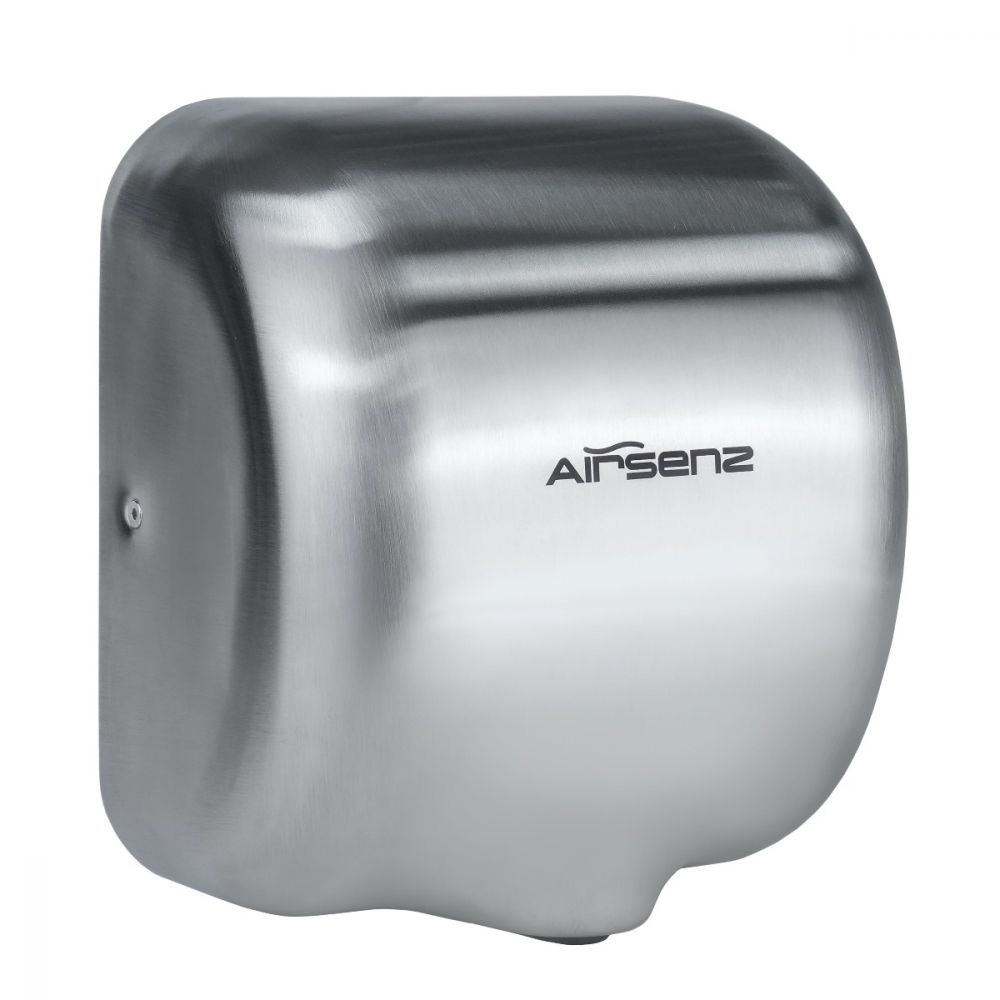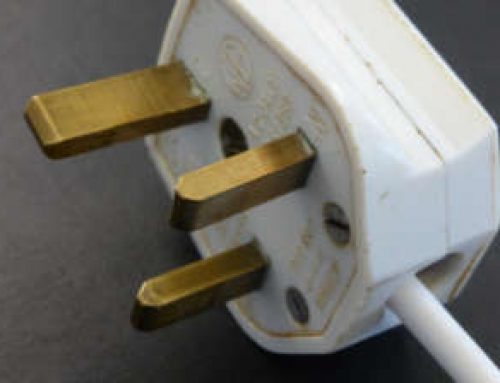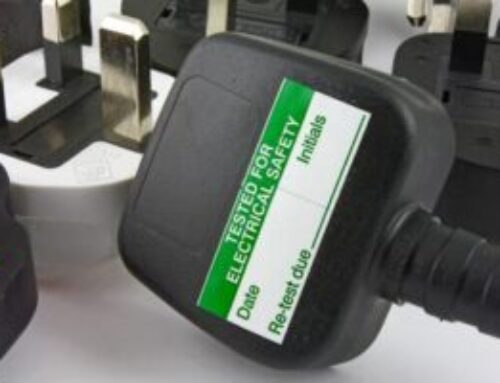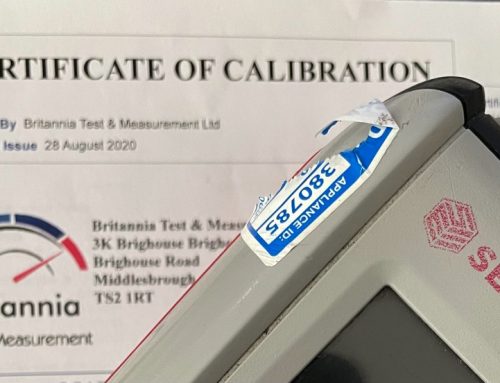Fixed Electrical Appliances – who should be testing them?
Fixed Electrical Appliances – who should be testing them?
Is a PAT tester supposed to test fixed appliances? No.
Is an electrician supposed to test fixed appliances? No.
So who is meant to test fixed appliances? Someone competent to do so.
A PAT tester is supposed to check portable appliances (PAT) to make sure they are safe. A portable appliance has a plug.
An experienced PAT tester may be competent to do other tasks, like some electrical work, or to test fixed appliances; but he is not expected to test fixed appliances, or do the electrical work.
An electrician, trained to safely isolate circuits, and to work on the internal wiring of a building should be competent to un-wire an appliance that has been fixed to the mains using a fused spur, but can he test the appliance? Only if he is competent to do PAT.
So it’s a grey area.

Because of the greyness, fixed appliances often get missed, but officially, it’s not the responsibility of the PAT tester or the electrician to make sure they are safe, but the person responsible in the business for ensuring equipment is safe. It is that person who needs to make sure their fixed appliances are checked by someone.
The PAT industry seems to be getting pushed towards fixed appliances by manufacturers who want you to buy their machines because they can test such appliances; there are plenty of other ways to test a fixed appliance without using a customised PAT test machine, and just because the machine can do it doesn’t mean you should. If you’re not trained, or not competent, don’t try it, no matter who tries to tell you to.
Just because it is in the Code of Practice doesn’t mean you need to do it – that book is written for many people from many professions, not just PAT testers.
“PAT” covers appliances that are portable from the mains (can be unplugged); PAT testing is the process of checking electrical equipment that uses the plug and socket combo to get power.
However, some appliances that started life with plugs have had those plugs removed, and their wires fixed directly into the mains circuit, usually using a fused spur connection unit (FCU).
Appliances that are affected could include integrated kitchen appliances, or hair dryers in hotel bedrooms, for example, or even heaters that have been fixed to the wall.
As these are still portable appliances, the PAT tester does have to make sure they are safe, but must consider the risks before hand, just like if the appliance has a plug. Isolating the mains power, is not something that can easily be done, especially when most PAT work is done during the working day, so it could be that a visual inspection is best.
Note: only appliances that used to have plugs, should be considered the PAT area; other appliances, such as air condition units and escalators are not, and never have been part of PAT.
We should assume the appliance was installed by a qualified electrician, so that same electrician should be expected to maintain the appliance. It is he/her that would be called out if the appliance suffered a malfunction, so why should they also not test it when they are servicing it? Also there is no need for the appliance to be tested annually, for example, every 5 years would be sufficient, as in the Code of Practice, for fixed equipment, so surely doing it inline with the EICR would be the best policy.
A further risk, and argument why only the trained electrician should do checks on fixed appliances is; if the PAT tester who is not a practicing electrician makes a mistake, then surely the risk of the consequences of that outweighs the risk of not testing an appliance that was installed correctly in the first place, and has never moved since?
If the PAT tester does a visual inspection, perhaps even an earth continuity check if their tester is capable, and then advises the client that they should get a full test carried out by the installer/service engineer every 5 years, surely that would be sufficient good practice to meet the risk analysis of the appliance.
Of course, there are anomalies, but this should be an acceptable recommendation to make to your clients.
The Portable Appliance Testing Trade Association recommends its members are not forced by the electricians’ industry to carry out tests on fixed appliances, and so recommends its members do not carry out isolation procedures, and do not test fixed appliances by way of opening spurs, removing wiring etc. PAT testing is the inspection and testing of electrical appliances fitted with a plug; PAT testers should stick to those appliances. If they come across an appliance that has had the plug removed and been hard wired, they should inspect it as best they can and advise their client to get it tested by someone competent to do so. However, if the PAT tester is trained as an electrician, and competent to do so, and his/her insurance covers such activity, then it is their choice whether they carry out this procedure or not. But fixed appliance testing is not a requirement of a PAT tester and we will continue to push back against all those that are pushing for PAT testers to test equipment fixed to the mains circuit.
The purpose of the Portable Appliance Testing Trade Association is to represent and guide people who do PAT Testing – testing of appliances that are portable. Fixed appliances are not portable and so are not part of our ‘remit’.
But for the sake of stopping the arguments – fixed appliances should only be tested by someone competent to do so; in most cases that is not likely to be the PAT tester, and that is not a negative reflection on them. Many people who do PAT choose to so they don’t have to work on live or potentially live electrical circuits, so why would they want to do Fixed appliance testing?
Surely it would be better for an electrician to test the appliance when they install it, and then retest it at appropriate intervals, say, every 5 years, following installation. Testing fixed appliances with the EICR could also be a good system to consider.



